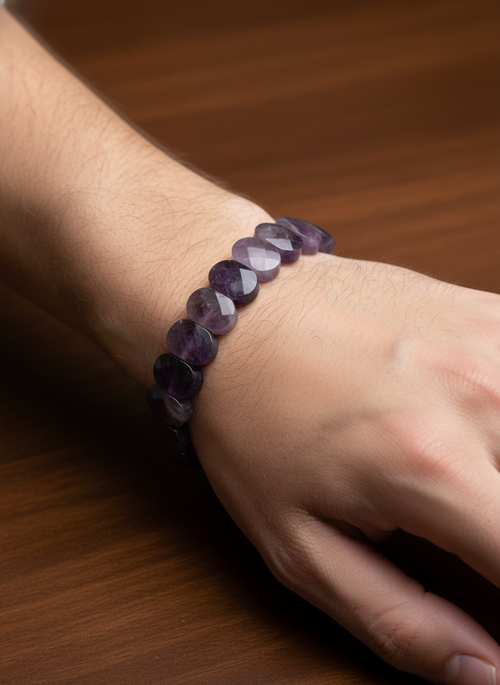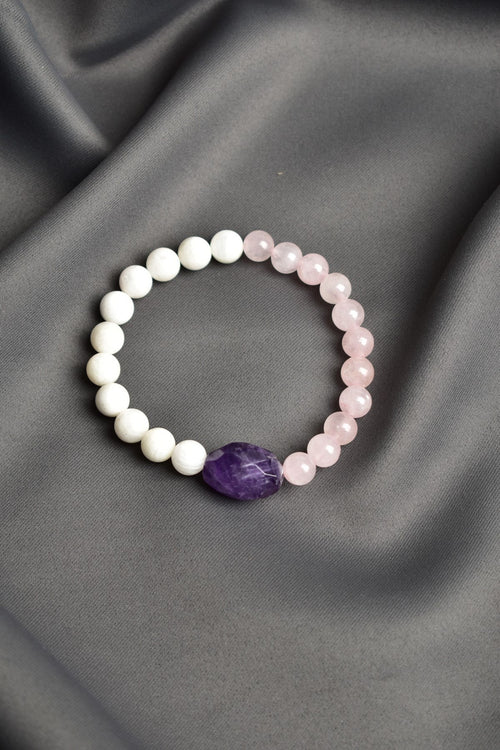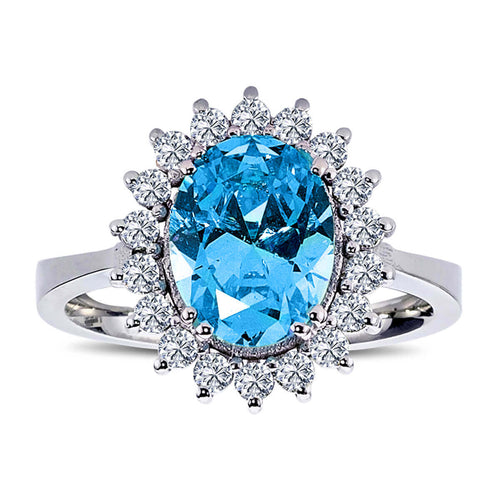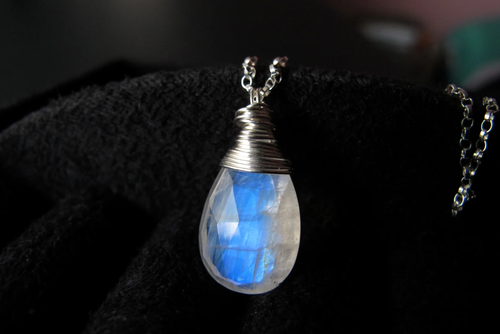ALL PRODUCTS IGSL INTERNATIONAL CERTIFIED
It can be difficult to distinguish natural stones from imitations, as some imitations are produced quite successfully. However, a few basic methods and tips can help you distinguish real natural stones from imitations:
1. Visual Review
Each natural stone is unique and often contains natural imperfections, color variations, veins or inclusions. Imitation stones are often perfect looking and therefore may not have the natural characteristics of real stones.
- Color and Texture: Real natural stones often have uneven color distributions, natural veins and patterns, while imitation stones can often be very smooth and uniform in color.
- Inclusions: Natural stones often contain small pieces of other minerals or foreign matter. Imitation stones are usually devoid of these natural inclusions.
2. Weight and Density Test
Natural stones are generally denser and therefore heavier than their imitations.
- Weight: Compare the weights of two stones of the same size in your hand. Natural stones are usually heavier than their imitations, such as plastic or glass.
- Density: You can test the density of the stone by dipping it in water. Natural stones usually feel heavier due to their higher density.
3. Hardness Test (Mohs Hardness Test)
The hardness levels of natural stones are classified according to the Mohs hardness scale. This scale determines the scratch resistance of the stone.
- Scratch Test: To determine the hardness of a stone, try scratching it with another mineral (e.g. steel blade, glass or quartz). A real diamond will easily scratch glass, whereas imitation stones are susceptible to scratching.
4. Light and Brightness
Natural stones have unique shine and sparkle properties under certain light conditions.
- Luster: Real natural stones show depth and brilliance at certain light angles. Imitation stones can often have a duller or plastic luster.
- Light Refraction: Some gemstones, such as diamonds, refract light, creating a colored spectrum of light called "fire." Imitation gemstones generally cannot mimic this effect.
5. Thermal Conductivity
Some natural stones have high thermal conductivity, making them feel cold or hot.
- Cold Test: Natural stones often feel cold to the touch, especially when compared to metal or glass surfaces, while plastic imitations are usually room temperature.
- Heat Test: Stones such as diamonds dissipate heat very quickly. This test should be done with professional equipment.
6. Professional Laboratory Tests
For some stones, the most reliable method is analysis by a gemologist or laboratory.
- Spectroscopy: Analyzes how the stone absorbs and reflects light.
- Refractometer: Measures the refractive index of the stone.
- UV Light Test: Some stones may fluoresce under ultraviolet light. For example, natural diamonds often exhibit blue fluorescence.
7. Price and Place of Purchase
Higher quality natural stones are usually more expensive. A "gemstone" that is sold for very little increases the chance of it being a fake.
- Trusted Seller: Buying stones from a trusted, certified seller reduces your risk of purchasing a fake stone.
- Certificate: When purchasing a gemstone, request a certificate verifying the stone's authenticity.
8. Exposure to Heat
While some natural stones may discolor or crack when exposed to high heat, imitation stones generally do not react this way.
- Heat Test: This method, which is not recommended for non-professionals, involves heating the stone and observing its reaction. Natural stones are more resistant to heat.
Conclusion
Distinguishing natural stones from imitations requires careful examination and some basic tests. If you are not sure about the authenticity of the stone, the most reliable method would be to get an expert opinion or have gemological tests done. In addition, buying from a reliable seller at a price that is appropriate for the value of the stone is one of the most effective ways to protect yourself from counterfeiting.



























